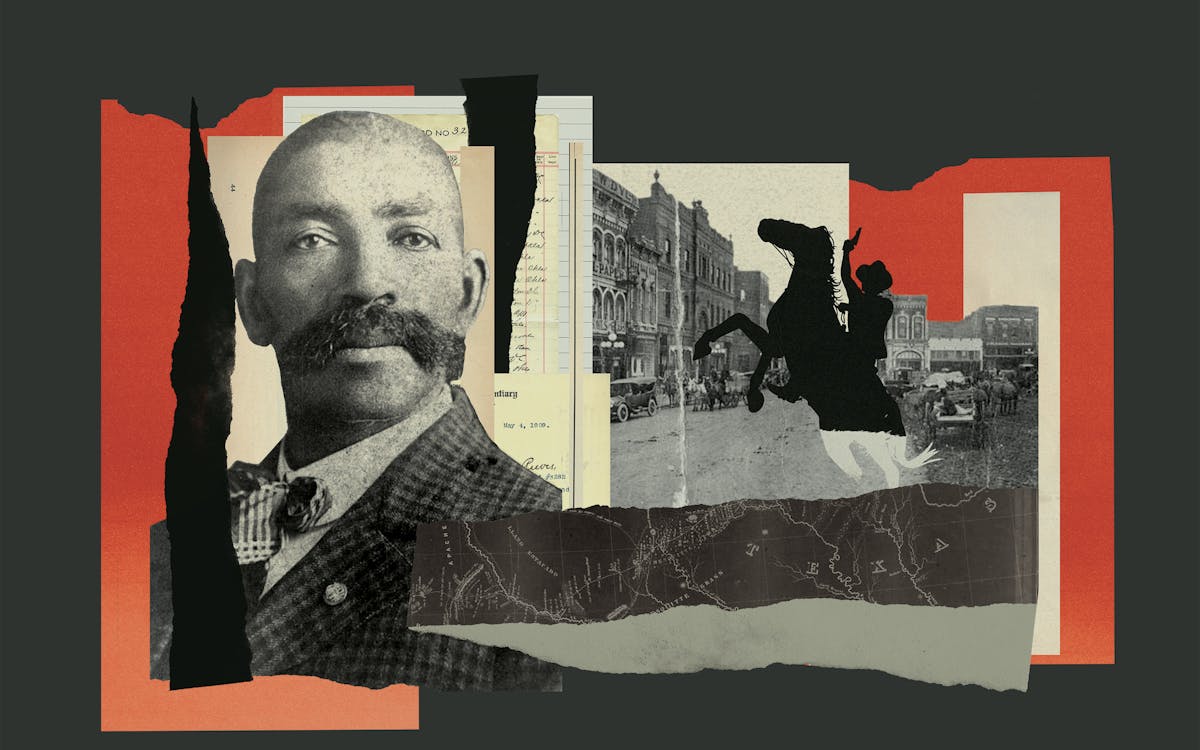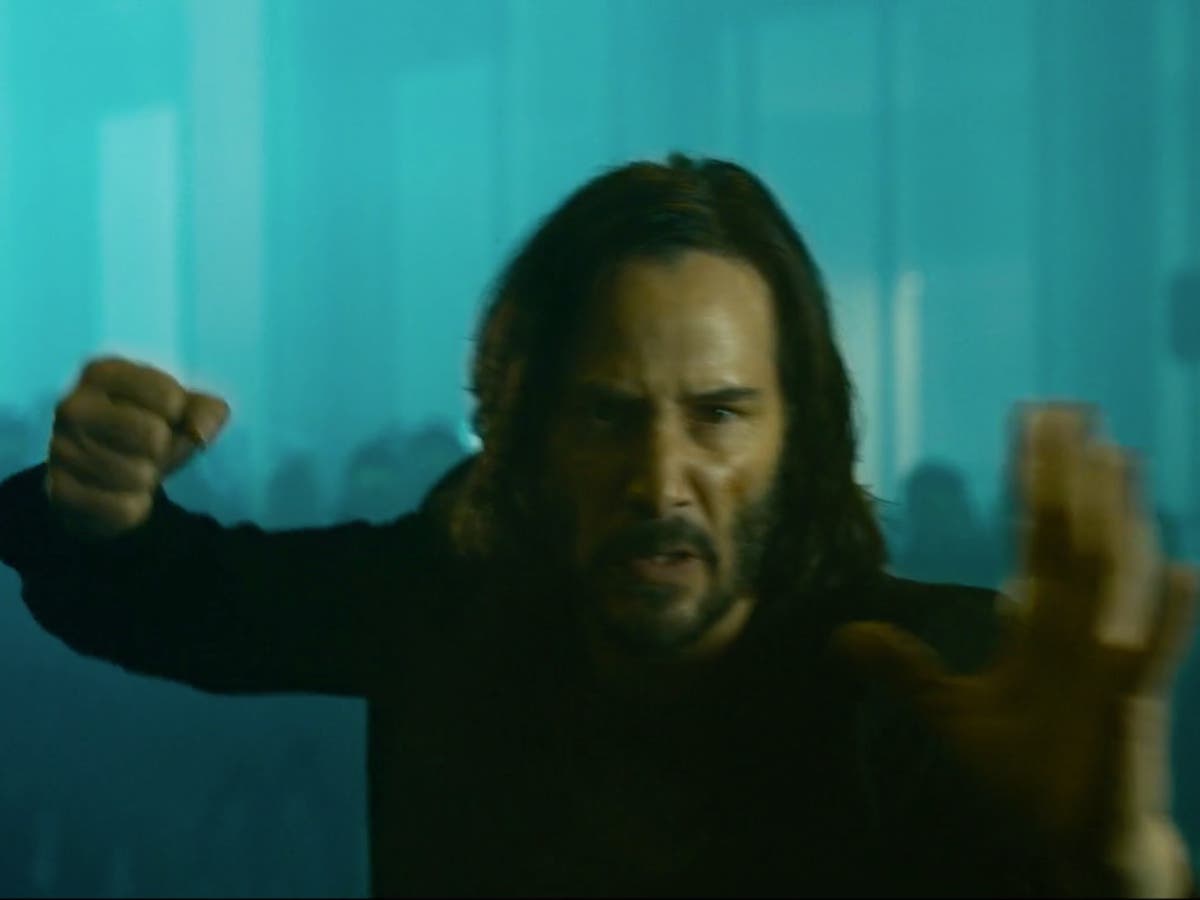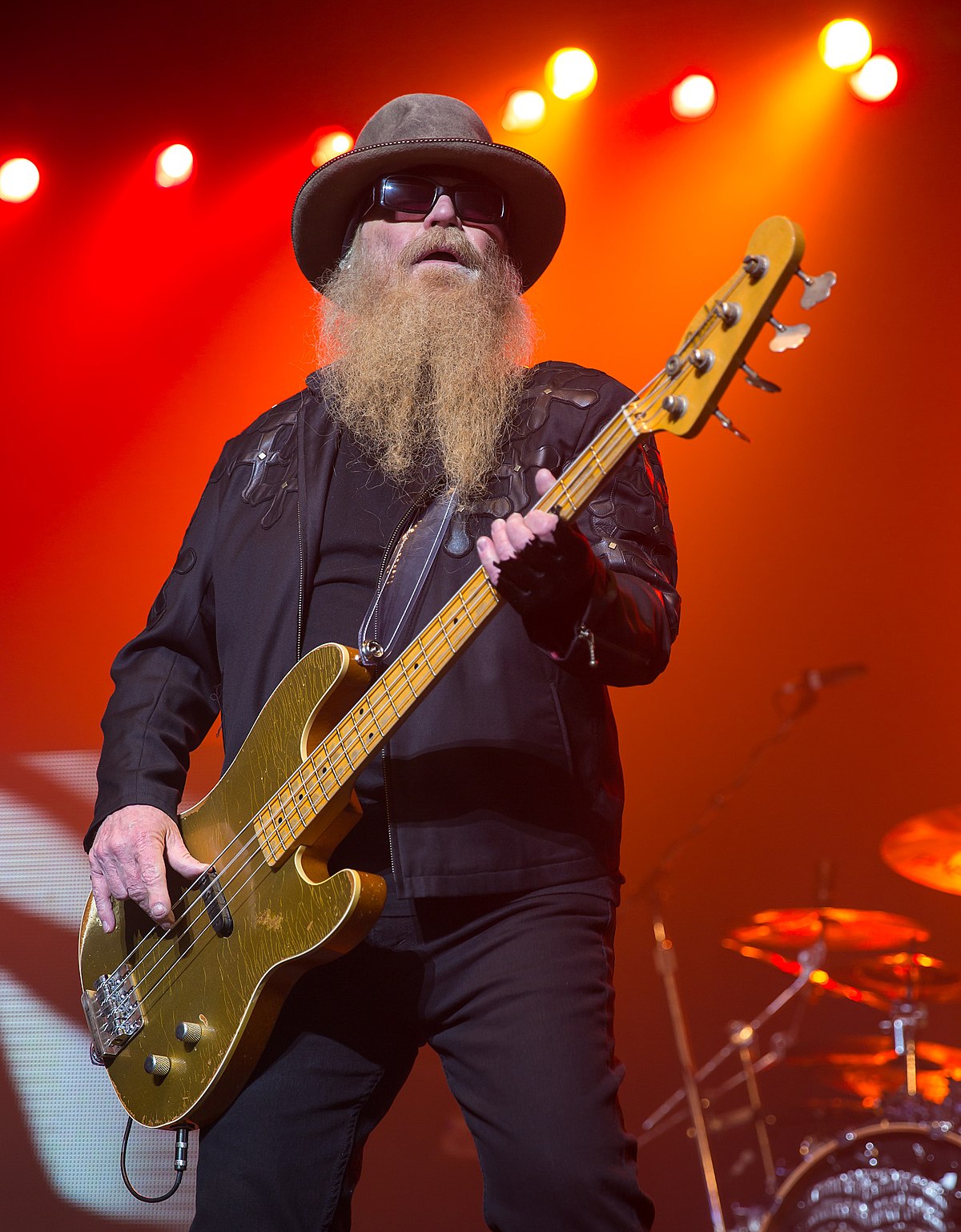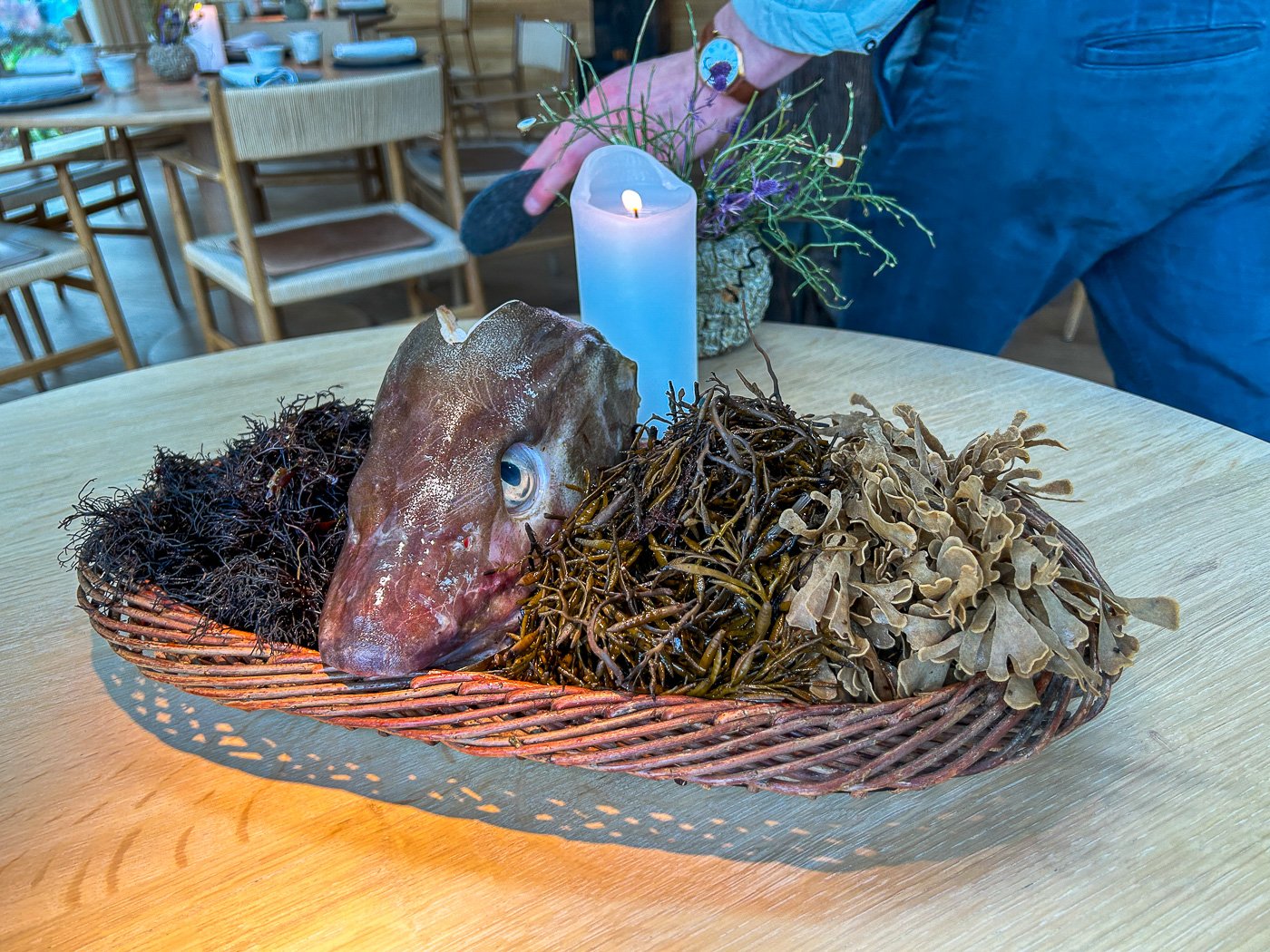
The Resurrection of Bass Reeves
The story begins in 1884, on a stormy day in June. Two men on horseback are traveling through the Chickasaw Nation, in what is today southern Oklahoma, moving southwest among the timbered hills and rocky outcrops of the Arbuckle Mountains.
Mud-splattered and road-weary, the riders have covered nearly two hundred miles in the days since they set out from the federal courthouse in Fort Smith, Arkansas. A windstorm the day before had kicked up dust so thick that folks in a nearby town along the Red River claimed it was impossible to see farther than twenty yards. Now a light rain has settled in the area. Lightning splinters the sky. But as the men pass beneath a thick canopy of blackjack and post oak, the weather hardly matters. The riders are on a mission. Tucked inside one of their saddlebags is a warrant for the arrest of a Texas cowboy wanted for murder. Tasked with serving that writ is Bass Reeves.
Astride his big red stallion, with two Colt revolvers on his belt and a Winchester rifle in a scabbard by his side, Reeves is one of the most imposing figures on this rough frontier. At six foot two in his stockings, he’s taller than most men of his era and would tower half a foot over Billy the Kid. He wears a black hat and keeps his hair cropped tight, and his face is clean-shaven save for a thick, bristly mustache that could do double duty as a chimney brush. Fistfights have left a latticework of scar tissue across his knuckles. Pinned on the left side of his vest, just above his heart, is the silver star of the U.S. Marshals Service. He is one of the first Black men to wear the badge.



















